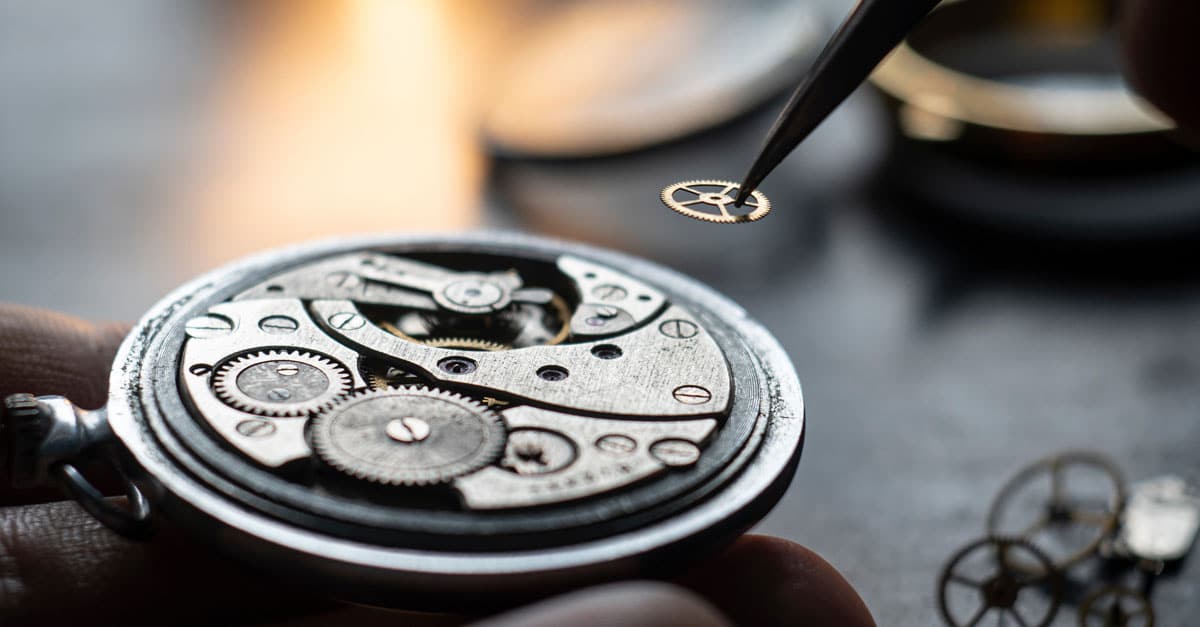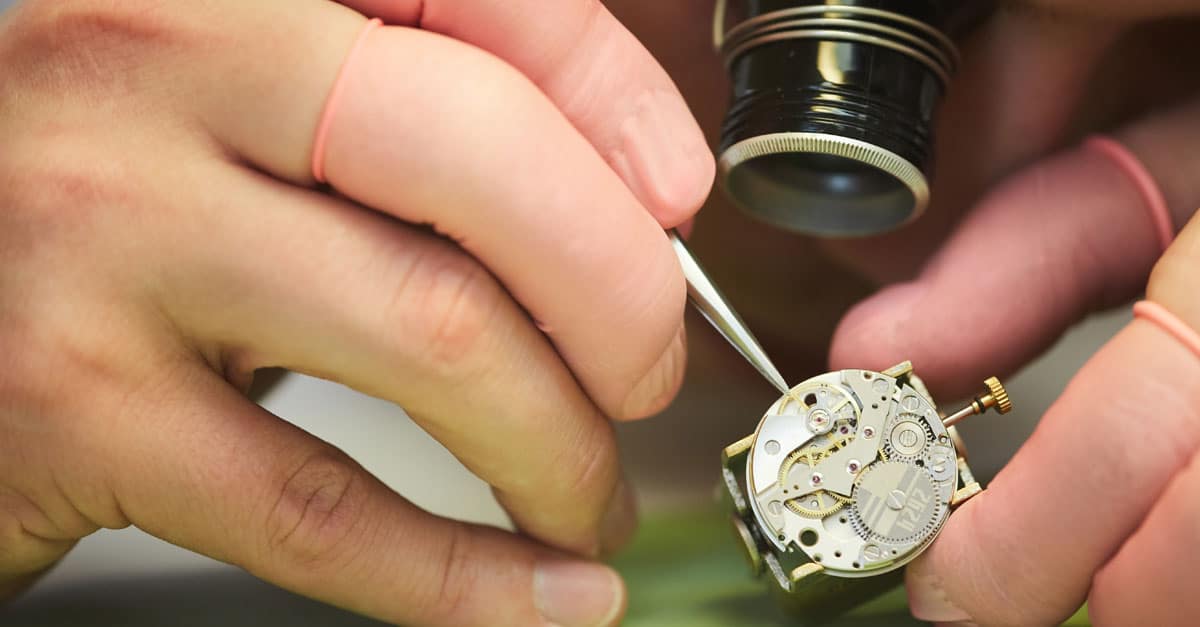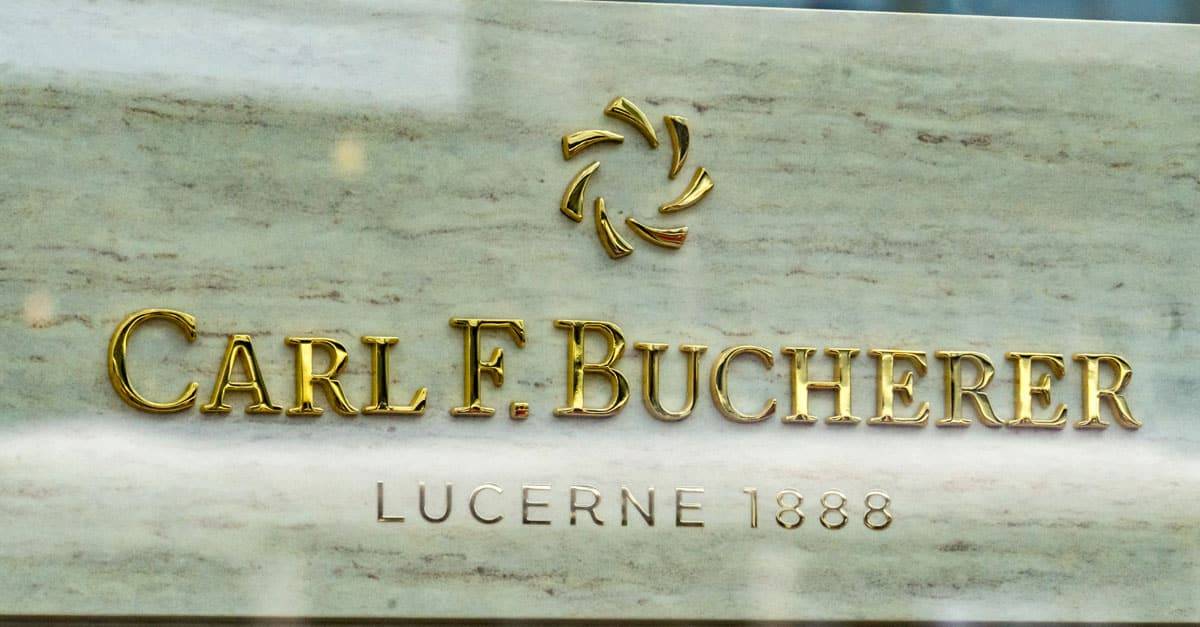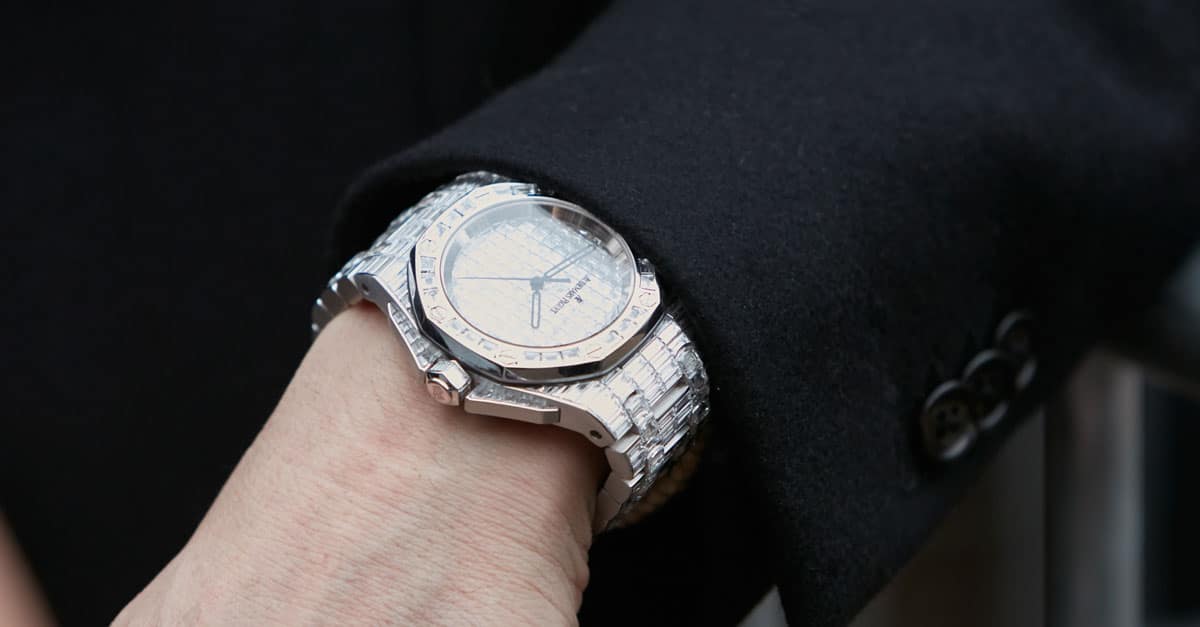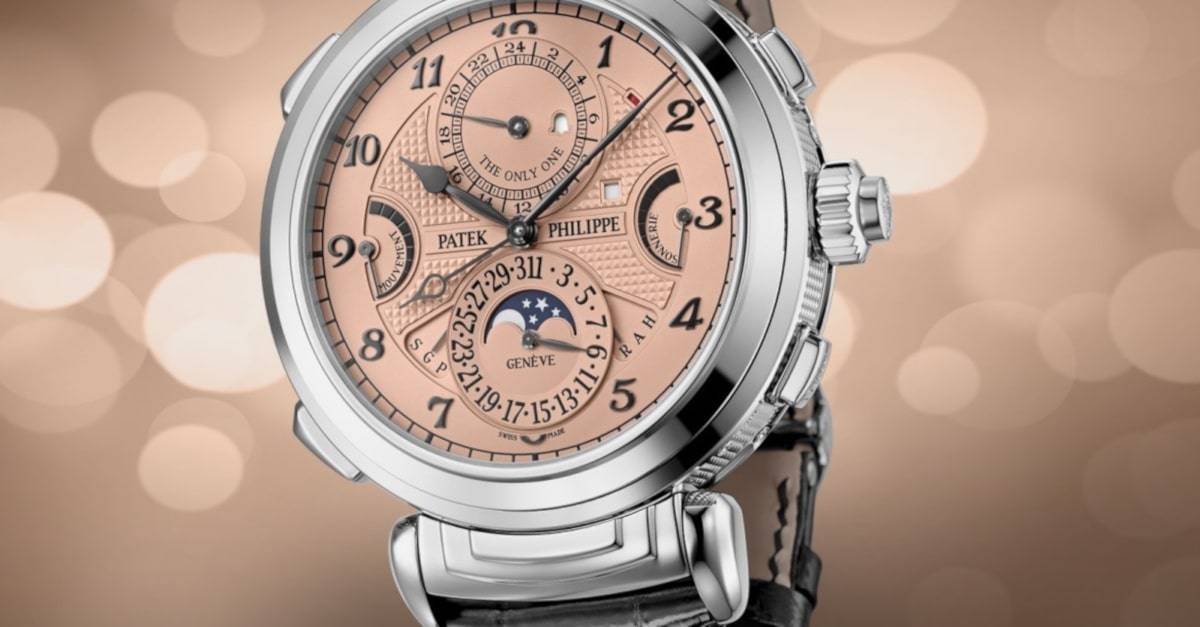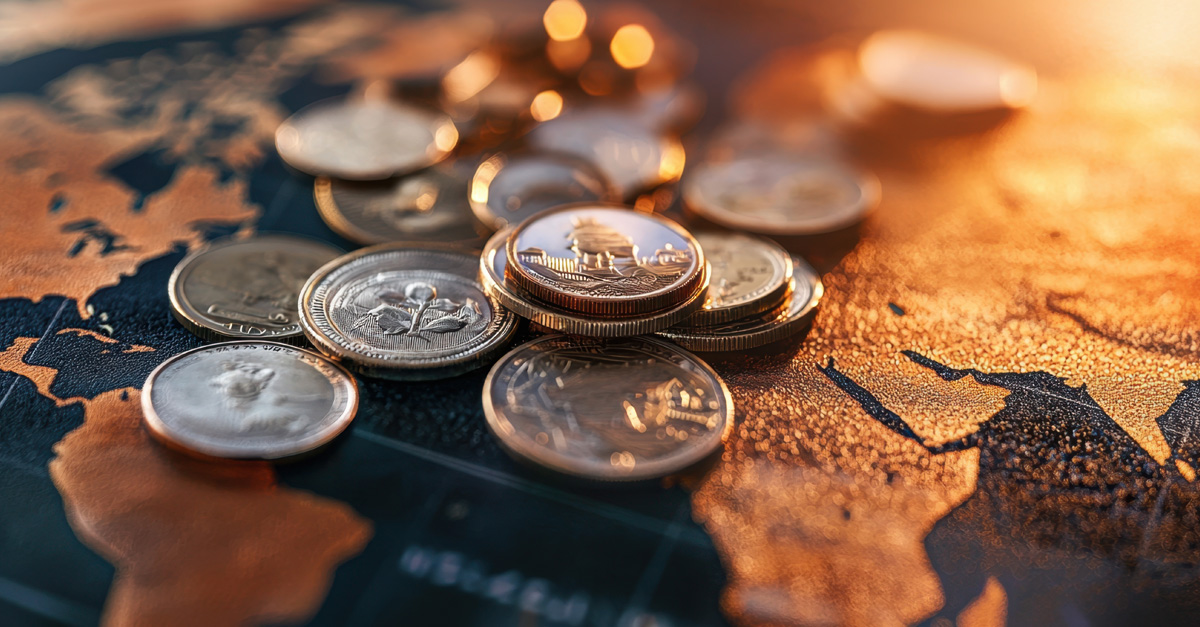The Swiss watch industry has experienced remarkable growth and success in recent years, setting new export records and attracting the attention of markets around the world. Despite economic challenges and geopolitical uncertainties, the industry has continued to thrive, with strong sales and expanding market opportunities. In this article, we provide an overview of the Swiss watch industry's performance in 2023.
Luxury brands have always held a certain allure, representing exclusivity, prestige, and superior craftsmanship. In 2023, the luxury sector rebounded strongly, with notable brands making significant financial strides. Porsche continues to lead the pack with a brand value of $36.8 billion, while Louis Vuitton and Chanel secured their positions in the top three. Notably, Lamborghini emerged as the fastest growing luxury brand.
The bracelet, the clockwork, the whole design—everything must fit in a luxury watch. Since the 19th century, the luxurious wristwatch has been one of the most necessary pieces of equipment for wealthy people. Who's behind the famous brands?
Discover the life and legacy of Jörg Bucherer, the renowned chairman of the Bucherer retail chain, who recently passed away at the age of 87. Explore his remarkable journey, from taking over the family business to his strategic expansions and innovative contributions to the luxury watch industry.
The Cartier Tank watch is an iconic timepiece that has stood the test of time for almost a century. Designed by Louis Cartier in 1919, the Tank was inspired by the shape of a World War I combat vehicle, reflecting its robustness and durability. This elegant watch has captured the hearts of many celebrities, from movie stars such as Clark Gable and Fred Astaire to First Ladies such as Jackie Kennedy and Michelle Obama. Its timeless design and rich history have made it a symbol of sophistication and luxury.
For more than a year, artificial diamonds have become increasingly popular among watch manufacturers. They are presented as a climate-friendly alternative. According to the watchmakers, they are allegedly resource-saving, ethically fairer, and do not promote inhumane working conditions. But is it really so?
As Rolex's younger sibling, Tudor has inherited the same commitment to quality and precision that has made Rolex a household name. With its own unique identity and innovative approach to watchmaking, Tudor continues to impress watch enthusiasts around the world. In this article, we will explore the fascinating history, distinctive features, and popular models of Tudor watches.
Which is the most expensive watch? The five watches discussed in this article represent the pinnacle of horological excellence, with their breathtaking complications, exquisite materials, and rich stories. While their price tags may seem astronomical to most, they are a testament to the enduring allure of luxury.
In the world of horology, there is a timeless allure and undeniable charm surrounding vintage watches. They are typically at least 20 years old, with no original spare parts produced anymore, showcasing their age and authenticity. Collectors value rarity, provenance, investment potential and the uniqueness of the history behind. The trend of collecting vintage watches […]
We think you might like
Intergenerational wealth transfer has always been among the hardest challenges in wealth management. Getting it right starts with visibility; you can't educate heirs about wealth you can't clearly show them. The increasing international mobility of both wealth owners and their families means transfers now span multiple jurisdictions, currencies, and legal systems simultaneously. As complexity multiplies, the foundational requirement of unified visibility becomes more critical.
As record numbers of wealth owners move and invest internationally, wealthy families face a critical infrastructure question: Should we replicate our wealth management systems in new countries? Local expertise will always be essential, but the definition of "local" can be expected to evolve over time. Consolidated data infrastructure is key to avoiding unnecessary operational barriers as global footprints and portfolios expand.
How do you run an effective family office when the family's patriarch is in Geneva and his adult children live in London and New York? According to Campden Wealth research, for more than half of family offices this kind of question isn't hypothetical: They serve at least one family member residing outside the family office's primary jurisdiction. The coordination challenge this creates isn't just logistical. It's structural, and it demands infrastructure built for distributed operations from the start.
In case you missed it
You likely aim to track the performance of every asset in your portfolio, from equities to real estate to private investments. But there's one asset generating measurable returns that likely doesn't appear anywhere in your wealth statements: your data itself. It's a performing asset that generates returns. Advanced technology platforms are enabling wealth owners to unlock this substantial value by treating data with the same rigour they apply to any other investment.
